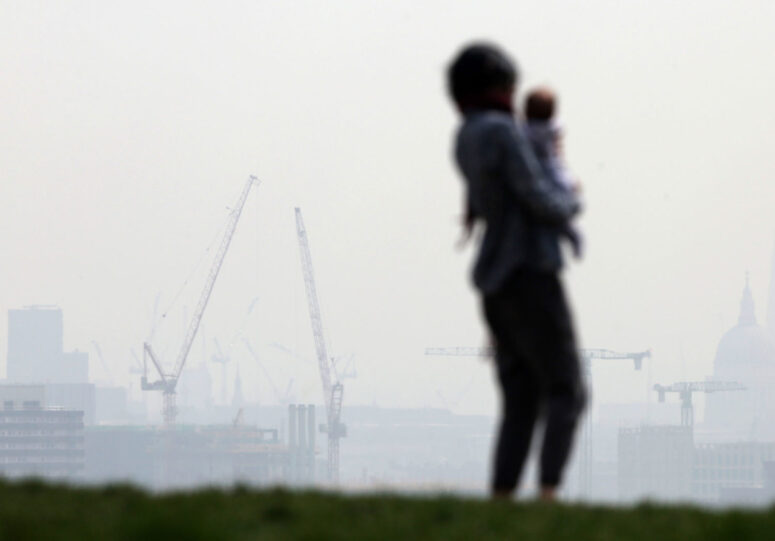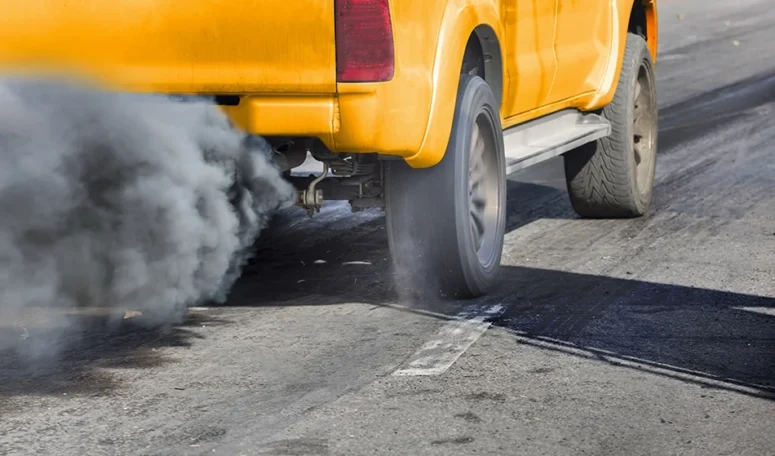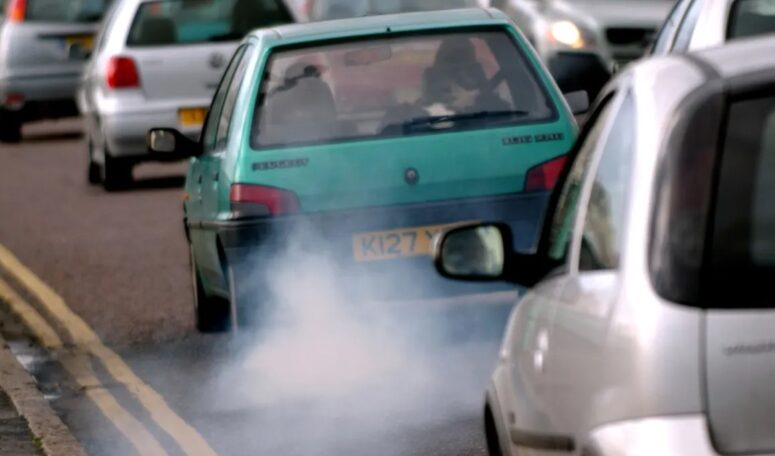The fundamental reason for CAZs is like that of blockage or congestion zones. A region is set apart inside a city, normally centered around the downtown area. Vehicles going inside this zone and judged to be excessively polluting face charges, depending on the size of the vehicle.
It is a good initiative by the government of the UK so that the pollution can be controlled and the environment of the UK can remain healthy and favorable for the people.
Further in this article, we will talk about the UK’s clean air zones and how they work. This article will work for you as a guide, and if you want to know more about each and everything related to clean air zones, you have come up to the right place.
Some More Important Facts About The Clean Air Zones:

Source: unicef.org.uk
- Clean Air Zones were acquainted in 2020 with assistance to lessen hurtful air contaminants in the UK’s most active downtown areas. The clean zone areas are a good way through which the pollution can be controlled. This ensures that the vehicles that are polluting the environment should be held responsible for that.
- A Clean Air Zone is a locale of a city that limits vehicle traffic either by charging drivers of resistant vehicles or by keeping the most elevated contaminating traffic to a base. It ensures that the traffic does not cause severe damage to the air quality of the place.
- A study proposes that 40,000 unexpected losses each year are brought about by or connected to terrible air quality – so CAZs are a good way to decrease the human expense of motoring. It is a good way to protect the air quality. If the air quality deteriorates, everyone has to suffer. The UK government initiated it with the good viewpoint of saving the country’s environment.
- Since the objective of CAZs is to decrease emissions and further develop air quality, zero-discharges vehicles don’t have anything to fear. They will not be charged for any kind of movement as they are not harming the environment in any way.
- In any case, drivers of no zero-emissions vehicles may be liable for charges. The people having the vehicle that emits pollutants must ensure that their vehicle should be well maintained and does not emit any bad gasses.
What Variables Decide Whether You Will Face A Charge And At What Level?

Source: azocleantech.com
After knowing pretty much about the Clean Air Zones, it is now important for you to know about the factors that decide whether you will face a charge or not. If you have a good idea about it, it will become easier for you to know about the Clean Air Zones.
The variables that decide if you will confront a charge and at what level:
- What type it is, since, contingent upon the CAZ class, particular kinds of vehicles are excluded.
- The number of outflows your vehicle produces.
What Are The Different Zones In The Clean Air Zones?

Source: fleetpoint.org
If you are not familiar with the clean air zones, you might be thinking about the different zones of the Clean Air Zones established by the government of the UK. Further, we will discuss them in detail. The government established four kinds of CAZ – Classes A through to D.
The vehicles recorded underneath are those that would be charged in that zone – so, for instance, in the event that you’re a standard vehicle driver, you wouldn’t be charged for going into a Class C CAZ, yet you would in class D one.
- Class A clean air zones apply limitations to transports, cabs and personal hire vehicles.
- Class B is like Class A, yet in addition to heavy vehicles.
- Class C areas Class B, however, include minibusses and vans.
- Class D is class C. However, it includes vehicles, choosing to add a limitation for motorbikes.
All these classes are the ones that decide what zone your vehicle will lie in. If you want solutions to protect your vehicles and want to know more about them in detail, you can check out ClaimExperts.co.uk and get comprehensive knowledge.
What Cars Are Allowed In Clean Air Zones?

Source: autoexpress.co.uk
Usually, it depends on your city, but cars are classified by their ‘Euro’ level. The government sets this to make it easier for the people to know about the Clean Air Zones.
Generally speaking, to avoid paying in most Clean Air Zones your car needs to meet Euro 6 standards if it’s a diesel or Euro 4 if it’s petrol. This is an important thing to note; otherwise, you have to pay a good amount of money which might affect your account.
Advantages of introducing the Clean Air Zones?

Source: theguardian.com
Clean Air Zones ensure that the environment does not fall into a bad state. If it is followed properly, it will be easier to conserve a healthy environment for future generations. Let’s check out some of the advantages of the Clean Air Zones so that it will be easier for you to know more about them in detail.
- Clean Air Zones work on the urban climate to help general wellbeing and the economy, making urban communities more appealing spots to live, work, carry on with work and invest in leisure energy.
- They support urban communities to develop and change to a low discharge economy, guaranteeing these advantages as long as possible.
- Clean Air Zones will expeditiously fill in as an impediment for some unnecessary excursions, bringing about certain drivers staying away from regions experiencing high emanations and significant development. This could lessen congestion in city centers and leave it open for modes of public transport to run more efficiently.
Bottom Lines:
This article will help you out a lot in future if you want to have comprehensive knowledge about the CAZs. If you want to protect yourself and your vehicle from any charges, you must take proper measures to ensure that there is no inconvenience and you can be away from any problems related to Clean Air Zones.
